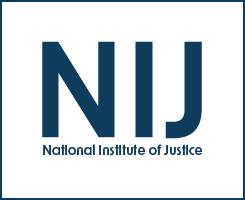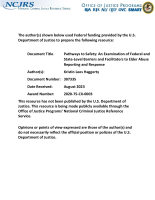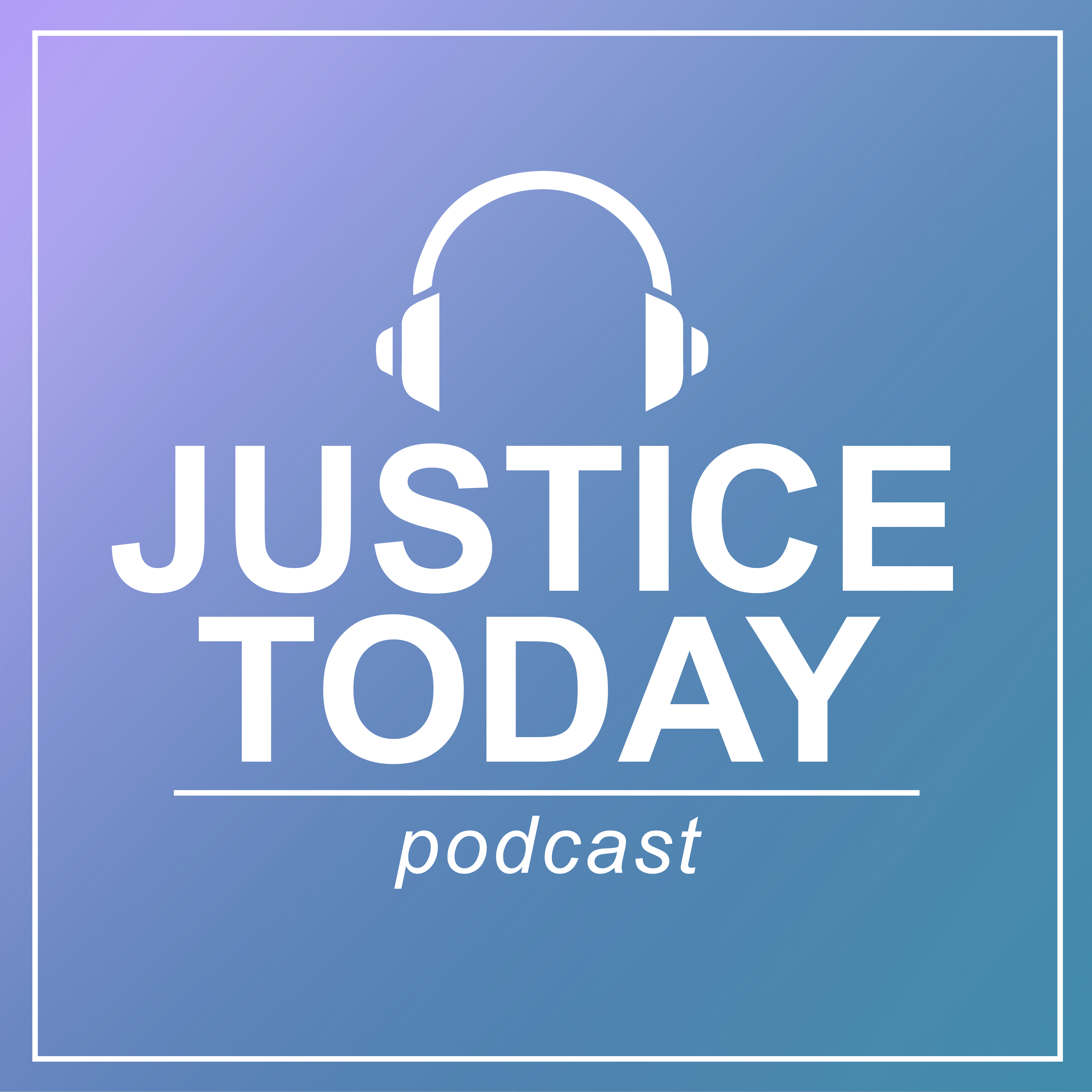Adult Protective Services
Guardianship Abuse: Bad Apples or Tip of the Iceberg?
When cases involving high-profile individuals, like Britney Spears, make national headlines, issues surrounding guardianship and conservatorship take center stage. But after those specific cases resolve and national interest fades, the systemic issues remain. We have very little data on how the guardianship system is actually working, and the scope and prevalence of guardianship abuse remains unclear. We don’t know how many individuals suffer abuse under guardianship. We don’t know to what extent guardianship, when properly executed, improves the lives of those it’s intended to serve.
Developing an Actuarial Risk Assessment to Inform the Decisions Made by Adult Protective Service Workers
Pathways to Safety: An Examination of Federal and State-Level Barriers and Facilitators to Elder Abuse Reporting and Response
Evaluability Assessment of the Weinberg Center for Elder Justice's Elder Abuse Shelter Services
Defining and Studying Elder Abuse Polyvictimization
NIJ Social Science Analyst Yunsoo Park shares her knowledge about elder abuse, a widespread issue in the U.S. and around the world, particularly polyvictimization — the experience of a range of different types of abuse and maltreatment. As much as 11% of community-residing older adults experienced some form of abuse or mistreatment in the past year. Yunsoo discusses risk factors, difficulties in defining and studying elder abuse polyvictimization, and strategies for intervention and prevention. Stacy Lee Reynolds, a Communications Assistant with NIJ, hosts.





